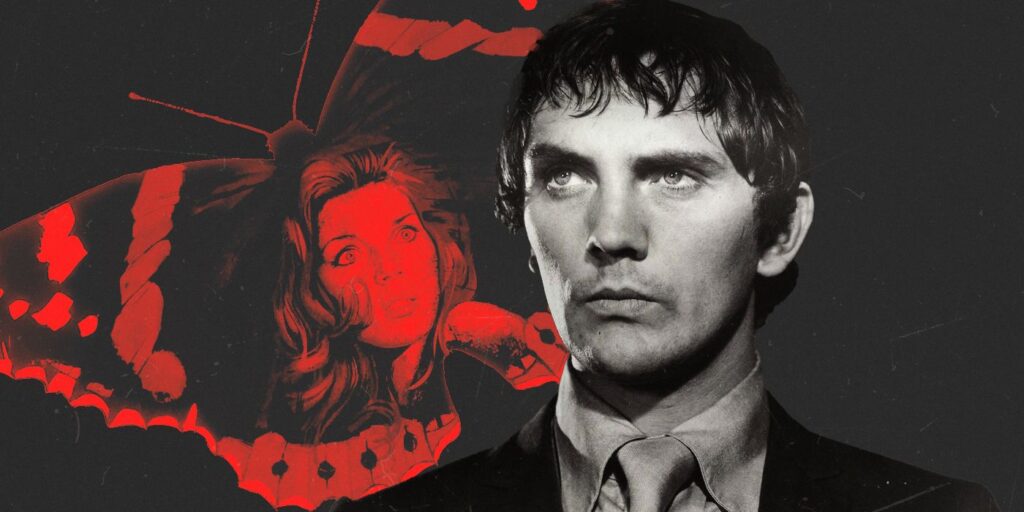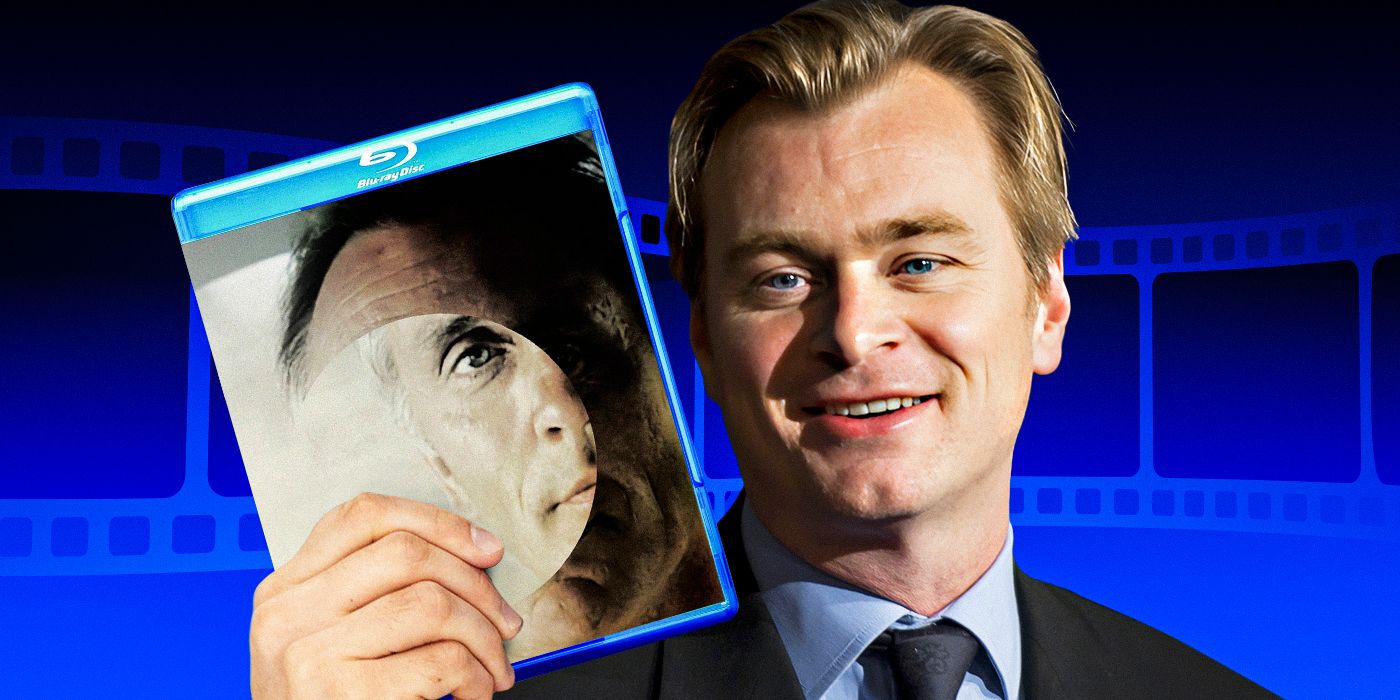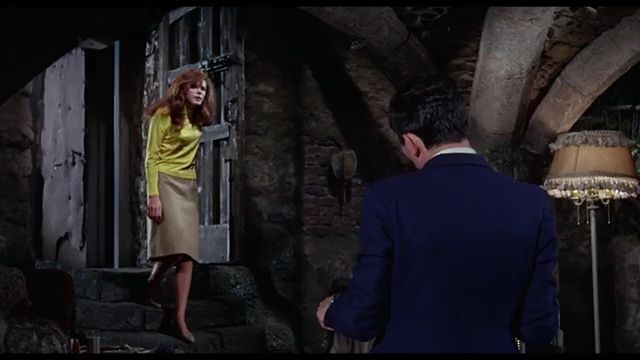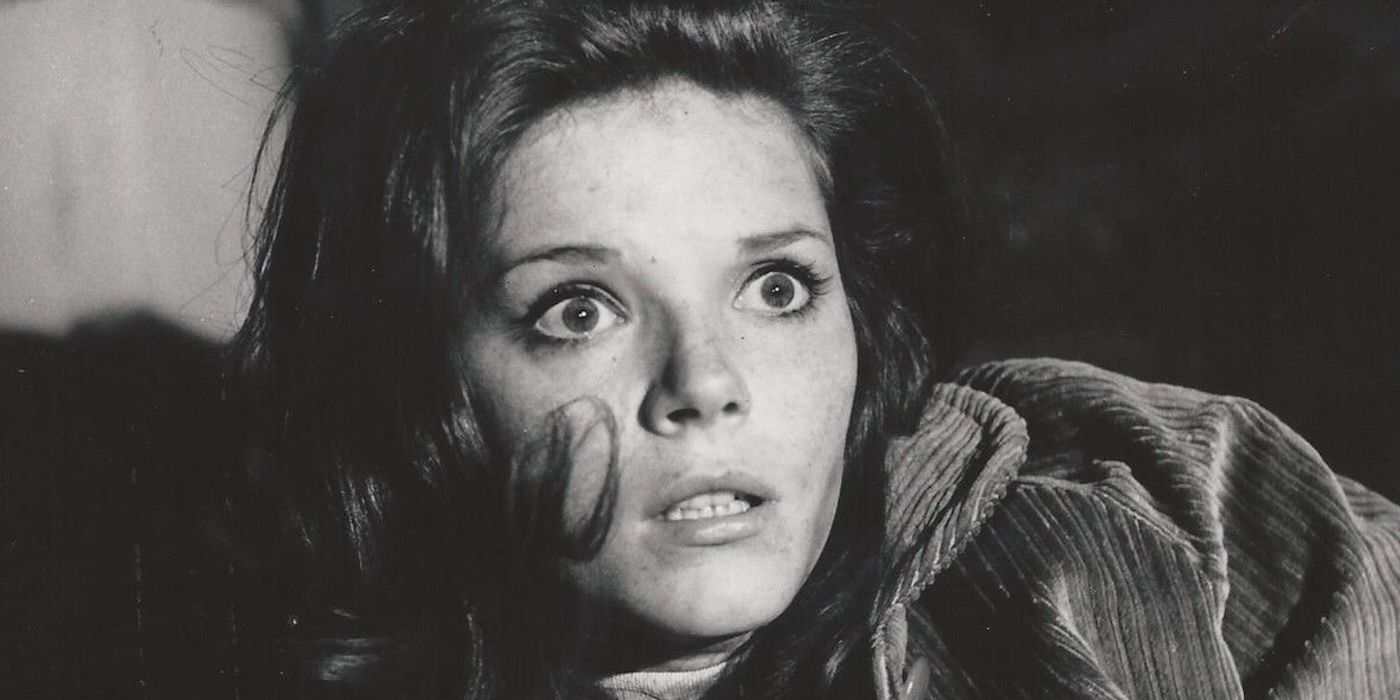This Chilling Free-To-Watch Psychological Horror Inspired a Real-Life Serial Killer — but It’s Totally Not What You’d Expect

It’s not rare for a horror film to have been inspired by real-life atrocities. Ed Gein inspired the likes of Psycho, Silence of the Lambs, and The Texas Chain Saw Massacre alone. It makes sense that filmmakers take inspiration from reality, especially those who want to tap into their audiences’ genuine fears and anxieties. What is quite rare, though, is the film itself inspiring horrific crimes. Despite the moral panic in the 1980s and the subsequent Satanic Panic, leading American parents to believe that if their children watched horror movies or listened to metal music, they would turn into serial killers, art borrows from life much more often than life takes from art. But there is one instance from before this period that a film made a very big impression on the wrong person.
Enter The Collector, a 1965 thriller following awkward bank clerk Freddie Clegg (Terence Stamp) as he kidnaps young art student Miranda Grey (Samantha Eggar). Forcing her to live in the cellar of his remote farmhouse, Freddie has aspirations of making Miranda fall in love with him. Tragically, this grisly captive situation would later inspire Robert Berdella, the Kansas City Butcher, to abduct and torture several young men to death in the 1980s. But what could be so aspirational about some quiet ’60s thriller that it would inspire someone to do such awful things in real life?
How Could ‘The Collector’ Inspire a Real-Life Killer?
When one reads that a film inspired a real-life crime, there’s an impulse to almost fear the film itself. It’s as though the film is like the cursed video that sentences you to your death in just a week in The Ring. If Robert Berdella could watch Freddie Clegg imprison Miranda Grey and later replicate that behavior, and worse, what’s to stop you? The Collector, though a voyeuristic film, is far from tantalizing. Freddie’s perspective as our point-of-view character feels slimy, but the film itself is remarkably still and quiet. At times, The Collector is almost boring, but that’s a feature, not a bug.
Freddie Clegg is far from interesting as a person— he doesn’t even get a tragic backstory to explain his actions. Miranda, in contrast, is an art student full of life. She has interesting perspectives on people, books, and art, with a light in her eyes that Freddie completely dampens at every turn. Though The Collector is a terrifying slog through Miranda’s imprisonment, it is striking how unbearable Clegg is as a character. And there’s something brilliant in so unflinchingly showcasing how boring and insignificant these kinds of people really are.
Freddie Clegg is, from a narrative structure standpoint, the unambiguous protagonist of The Collector. The film follows him, he narrates the story — he’s the titular character after all. And yet, despite the fact that we spend so much time with him — or perhaps because of it —it cannot be stressed enough how entirely insufferable this man is. Clegg is not the unseemly-but-charming kind of off-putting you see in characters like Hannibal Lecter or Freddy Krueger. While Freddie is vile, he doesn’t inspire fear so much as a desire to smack the guy. Other movie monsters are imposing because of their physicality— even if they aren’t physically large, the way they carry themselves holds a certain power that is terrifying. Stamp plays Freddie Clegg with a boyish physicality that reads almost ridiculous on his gangly frame. Freddie folds in on himself in some scenes to make himself smaller and less imposing in his attempted seduction of Miranda. He isn’t threatening, just off-putting and pathetic.

Related
This Gritty, Nail-Biting Crime Thriller Is One of Christopher Nolan’s Favorites
The underrated crime movie brilliantly explores the inevitability of death.
Freddie is socially awkward to the extreme, but not in a way that incites pity. He’s entitled. He stole a woman away from her life because he felt he could own her the same way he owns his butterfly collection. But even worse than that, he’s whiny. Miranda tries to play along with his game of “romance,” and he actively resents her efforts. Miranda tries to convince him that, if freed, they could be friends. But Freddie rejects this, not because he’s simply so good at reading people he can tell she’s lying, but because he doesn’t believe a woman of Miranda’s class could be his friend in the context of the real world.
He goes off on little rants about how he never had any advantages in life. Miranda tries to connect with him through discussions of art, but he rejects any thematic analysis he doesn’t immediately comprehend. He wants their love to be “real,” and he has zero self-awareness about the impossibility of that task. Oscar Wilde once wrote, “It is absurd to divide people into good and bad. People are either charming or tedious,” and Freddie Clegg is tedious to the max. There are likable horror villains. There are horror villains that it would make at least some sense for people would want to imitate. Freddie Clegg is not one of them. But that is, perhaps, the point.
What Did Robert Berdella Do?
In Rites of Burial by investigative journalist Tom Jackman and chief investigating officer Troy Cole, Robert Berdella cites seeing The Collector as an adolescent as a formative experience. “A film that I saw as a teenager, that, I guess, left a lasting fantasy, a dark fantasy in my mind was a film called The Collector about a man who lived the fantasy of kidnapping this one woman and then kept her as a captive in a small shed, trying at that point to build up a relationship with her while she was captive.”
One cannot speculate as to the real motivations of a real-life serial killer. Still, it’s telling that of all the horror films in the world to be inspired by, Berdella fantasized about such an insufferable freak. There is no charm, nor strength, nor resilience to find inspiring in Freddie Clegg. A consistent theme of Freddie’s character in The Collector is how he dehumanizes Miranda. Freddie may give lip service to love and marriage as a goal, but that’s simply a cover. He seeks to possess Miranda solely as an object. Berdella is incredibly open about having a similar perspective on his victims. Also in Rites of Burial, Berdella outright states, “I did not see them as people in my mind.”
This perspective would enable Berdella to kidnap, torture, and murder at least six young men. Berdella was meticulous in his documentation of the torture he inflicted upon his victims. And though he would claim to only have killed the six men law enforcement could identify the bodies of, over 300 Polaroid photos would be found in his home. Each photo documented some form of torture or murder. And more than the six identified victims were present in Berdella’s collection. Berdella’s victims were mainly young men experiencing housing insecurity. Many of his victims boarded with him before Berdella’s attack. Berdella’s victims, like Miranda Grey, were marginalized. And he weaponized their vulnerability against them to play out his own sick fantasies— fantasies which reduced these vibrant young men to, in Berdella’s own words, “a blow-up doll or clay figure” he could “[have] complete control of.”
The Collector, quite frankly, pales in comparison to the horrors Robert Berdella wrought upon the world. Berdella’s torment of his victims was so violent and vile that recounting his actions fully and honestly feels voyeuristic and borderline unethical. Drugging, binding, rape, electroshock torture only cover part of Berdella’s cacophony of terror. Freddie Clegg’s own fictional crimes might seem like nothing in comparison to Berdella’s actions, but there is something to be said about the kind of person who takes inspiration from a whiny, pathetic loser like The Collector’s Freddie Clegg.

- Release Date
-
June 17, 1965
- Runtime
-
119 minutes
- Director
-
William Wyler
- Writers
-
John Fowles, John Kohn, Stanley Mann, Terry Southern
- Producers
-
Jud Kinberg
-

-

Samantha Eggar
Miranda Grey
-

Mona Washbourne
Aunt Annie
-

Maurice Dallimore
The Neighbor






